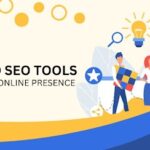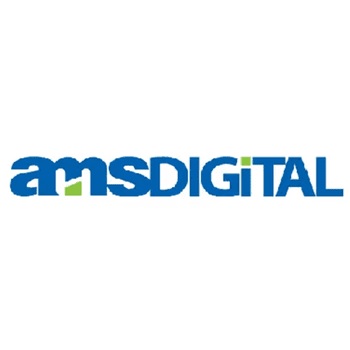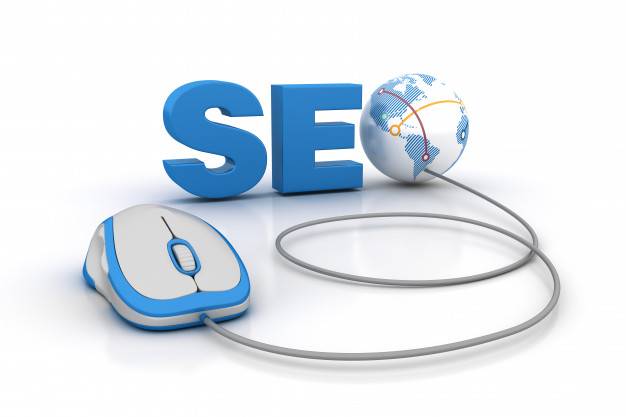
Do you use Google?
If the answer is yes, then your business needs to be online. Google is the world’s largest search engine. Google processes over 3.5 billion searches per day. Google indexes almost 35 trillion web pages and more than 2.4 million searches happen through the search engine every minute.
How does a customer find out about a product or service when in need? They go online and Google. And a good SEO practice makes sure that they find you when they search!
Search engine optimization (SEO) decides the website rank in common search engines like Google and Bing. There are more than 200 SEO ranking factors used by Google to rank a site. For a site to be on the top spots of SERPs (search engine results pages), the website needs to be optimized to cater to these factors.
The good news is that not all of the 200+ ranking components are of equal importance. A Few ranking factors are more crucial than others. As you plan your SEO strategy, pay special attention to these top 10 factors that impact rankings the most.
1. Consistent High Quality Engaging Content Publication
It’s been a while now since useful, original and impactful content has outnumbered backlink as the top factor in Google’s search algorithm. In the recent May 2021 Google update, content has become all the more crucial. It is well established now that Google tests new content to check how well it performs to the search intent of the keyword input. If there is indication that the questions posted in the searches are being answered by your content – it gets promoted. The key is to keep content fresh, unique, useful and consistent. No matter how optimized your website is, if your content is not valuable, expecting good website ranking won’t bear any fruits.
2. Updated Content
One more thing to follow is to keep the content updated. For example, if you are a health care website, make sure to publish blogs with latest studies on your niche or update the existing pages by adding latest information and news. Update the website content every once in a while. Google’s AI offers value to fresh thought leadership content created on a regular basis.
3. Content length and structure
As per a study done by SEMRush long form content with more than 3000 words attract more traffic and get more shares as compared to content that has 500-900 words. But there is no hard and fast rule. Posting high quality long form content is always an added advantage.
For blog posts, the blogs need to be well organized and structured. Use multiple headings and subheadings (H2, H3, H4, and so on) to group the content together. Using HTML tags for bullets and number lists is also needed as Google picks up these lists and shows them as featured snippets for different keywords.
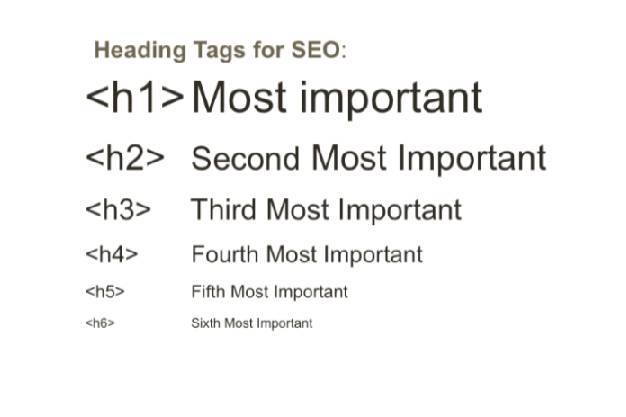
4. Keywords and Meta Title Tags
Incorporating the keywords that the target audience is searching for is a must for ranking. While this has been a universal rule for SEO optimization, choosing, strategizing and utilizing the right keywords is a very special skill and requires the knowhow of using correct tools. Each webpage needs to be keyword optimized and have a metatag. The title tag keywords are very vital. Ideally, a title tag would contain only the targeted keyword; but adding articles and adjectives around it are important for readability.
Long tail keywords are more searched and must be included in SEO planning and strategy. It has been found that four and five-word phrases have much higher search volume than the two-word phrase.
69.7% of search queries contain four words or more. (Ahrefs)
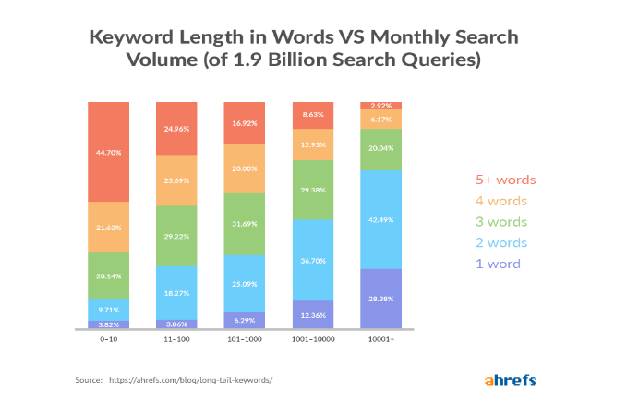
5. Useful Backlinks
Backlinks are links on other websites that send people to your website. When various websites regularly refer your website Google recognizes it as a trusted site and ranks it up. Here it is vital to remember that backlinks from trustworthy website are always more helpful. There are various online tools that helps analyze your and competitors’ backlink portfolios.
Generating backlinks is a very time taking job that requires expertise. It is important to work on a strategy to secure backlinks from reliable sources to get the higher authority.
6. HTTPS Certification
How safe do you feel when your browser warns you about a website as “not secure”? Because that’s what is shown in Chrome if you don’t have an SSL (Secure Sockets Layer) certificate (Https). Google takes this as one of the vital ranking factor. In 2021, securing your website with an SSL/TLS certificate is no longer optional. It is a must for on-page SEO. This is more so for all websites that has payment options and customer information on their websites.
7. Loading Time
We are at a time when websites need to load fast, like really fast if you want Google to rank them, as the visitors will otherwise leave the site. Longer load times have also been shown to negatively affect conversions. Page speed is important. Do not confuse page speed with site loading speed. Page speed is the time taken for a browser to display the contents of a webpage. Page speed can be measured with Google’s Page Speed Insights.
As per a study by Financial Time Technology Department.
- The first-second delay resulted in a 4.9% drop in the number of articles a visitor read
- The three-second delay resulted in a 7.9% drop
- Visitors read less when delays occurred
Slow page speed negatively effects the indexations as search engines crawl fewer pages using the same budget.
8. Mobile Optimization
Mobile optimization ensures that visitors who access a site from mobile devices have an experience optimized for the device. With the newest update of Google mobile optimization of a website is no longer an option, it’s a must. Google’s mobile-first indexing update of March 2021 will use only the mobile version of content for ranking and indexing. Google now only considers mobile sites while indexing—desktop versions has been dropped from the index altogether.
So if your brand has separate mobile and desktop websites, for Google, only the mobile site exists. It will completely ignore images, content, or information that appear only on the desktop version.
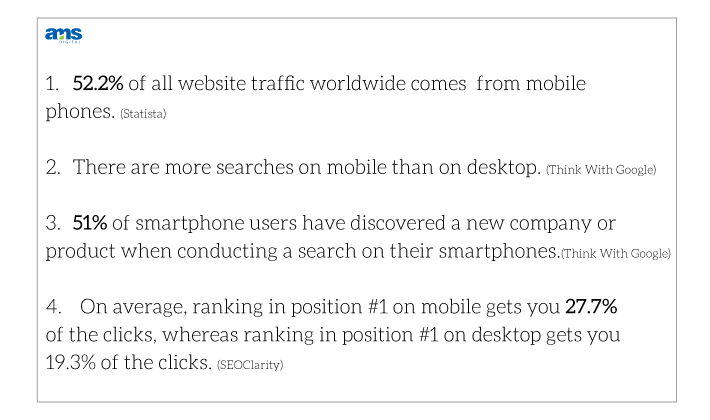
9. Crawlability
Once a website is launched make sure that all the pages are crawlable for Google. Crawlability is the very basis of technical SEO strategy. Search bots need to crawl webpages to index and rank them. If due to some technical issues these bots/spiders are blocked from crawling, the website’s pages cannot be ranked. Make sure that all the pages in your website are pages are accessible and easy to navigate. The website needs to be designed and organized in a way that allows search engines to easily find and crawl all the pages of the site.
10. User Experience
User experience has always been a major part of SEO. With the May 2021 update Google has introduced the new Page Experience Signal that takes care of many things together and sums it up as user experience. For example having mobile friendly pages, no pop ups and interstitials while a user is reading or watching content, a secure site and the overall experience of interacting with a web page is something that you need to take care of. If the user leaves your website soon it means that bounce rate is high and Google takes rate into account in its rankings.
11. Videos Improve SEO
If strategized well, videos can create quite a good number of links for a website; and often from some reputable domains. You need to have a video strategy that includes a place to store them, keyword optimization, transcriptions, metadata, markup, Video XML Sitemap and tags. The hosting of a video needs to be decided depending on the content strategy and audience of your videos. With 85% (Animoto) of marketers say that video is an effective way to get attention online video marketing is something you cannot ignore. Viewers retain 95% of a message when obtained via video.
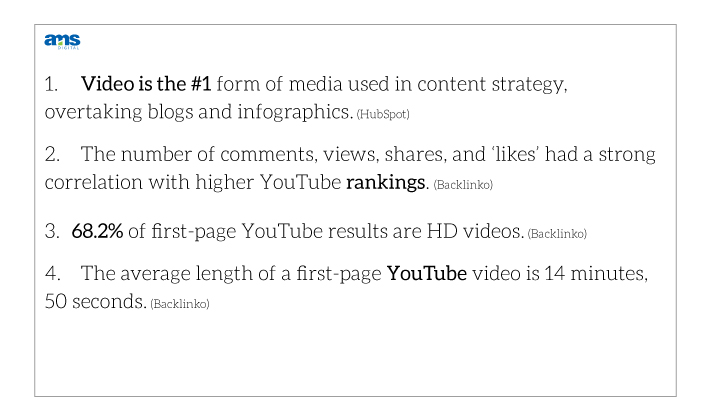
12. Consistent Business Listings
Google ranks the brands they think are the most reliable, authoritative, and trustworthy. If a brand appears established and trusted online, the search engines will rank them more favorably. This is the reason why consistent business listings are an essential ranking factor. Business listings also known as citations, are largely a local SEO ranking factor.
All brands should perform basic citation setup and management and also take care of the following:
- Set up Google My Business page
- Set up business profiles on industry-related directory sites
- Ensure that the business name, address, and phone number is used consistently across all business profiles.
Search engine and Google ranking algorithms are perpetually changing. With each new update few factors become more or less important, some new factors are announced or eliminated. It is important that you stay updated with the latest ranking factors and use a SEO specialist to ensure that your site is always on the top. The SEO audit tools also help.



